Silicon Valley is the model for every growth region around the globe, but to learn from the Valley might be harder than it seems. This was the central message of a talk by CTI President Walter Steinlin at the Swiss Innovation Forum.
Steinlin started his talk with some success stories from Switzerland, such as Synthes and Glycart, the latter sold to Roche some years ago for CHF235 million. “It is possible to start a company in Switzerland and to be very successful,” said Steinlin.
But he also made clear that companies like Glycart or Synthes are exceptions. “Even the tech start-ups with the CTI Start-up label grow surprisingly slowly,” he said. He is convinced that “at the moment Swiss start-ups do not make enough use of the opportunities of globalisation”.
Steinlin then compared the culture and conditions for start-ups in Silicon Valley and Switzerland. The success of Silicon Valley start-ups can be explained in part by, for example, access to venture capital. But Steinlin also mentioned the implementation of legal frameworks: in Switzerland, laws are enacted to prevent damage; in the US, to pave the way for companies to grow.
The very different characters of the young businesses is a factor too. Silicon Valley start-ups are ‘need seekers’; they tend to concentrate on gathering the deepest insights possible into both the articulated and unarticulated needs and desires of their customers, and their most important goal is to be the first on the market. Swiss start-ups are more often ‘technology drivers’ and depend to a greater extent on their technical expertise to develop attractive products and services. (A recently published study on ‘need seekers’ and ‘technology drivers’ in Silicon Valley can be downloaded at the bottom of this page.)
The characters of the founders follow the same path: US founders tend to be pioneers; they are insistent and they are talkers. Swiss founders work hard and are more disciplined, but are often too restrained. Those differences point to the potential for improvement in Switzerland, but their diversity also shows that it is not possible to copy wholesale the innovation system of Silicon Valley.
In addition, Steinlin spoke about some of the negative side-effects of this system, which Europeans would not be willing to accept; for example, the huge number of employees who can not afford to live in the area and who are forced to commute long distances every day, contributing to the social divisions in the Valley. In addition, the region is dependent on the fate of the software industry and currently has a relatively high unemployment rate, compared with Switzerland, of about 10%.
Steinlin touched on other regions in the world that are economically successful and from which Switzerland could learn. His conclusion? That Silicon Valley should not be taken as a model to be copied wholesale – we have to be selective in what we learn from it.
CTI President Walter Steinlin gave an interesting talk at the Swiss Innovation Forum about the lessons to be learnt from the success story of Silicon Valley. He pointed out that it might be harder to learn from this story than it might seem at first sight. Numerous differences exist between Switzerland and California and some negative aspects of Silicon Valley Europeans would not be willing to accept.
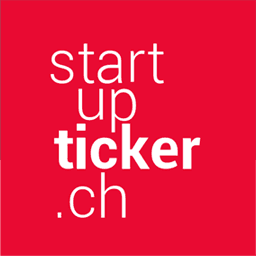



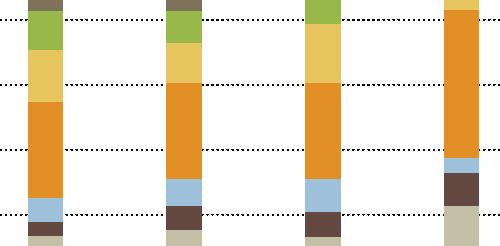




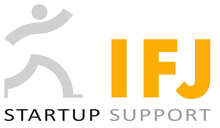




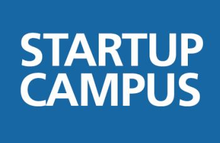




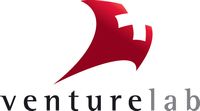





















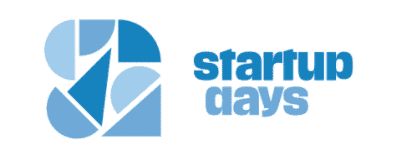








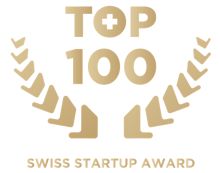





Please login or sign up to comment.
Commenting guidelines